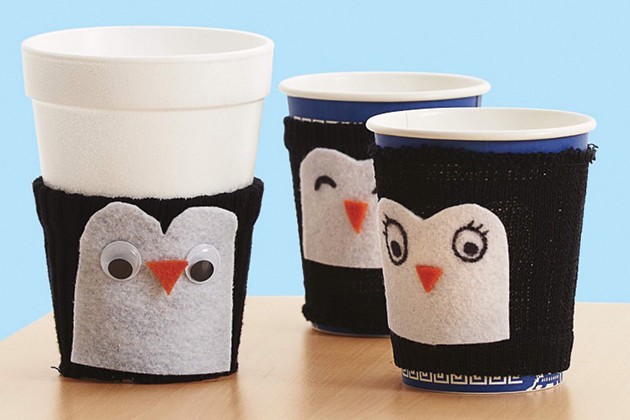How to Raise a Curious Kid

Kids are exceptionally active thinkers. From an early age, they’re flexing and stretching their mental muscles in order to learn and explore. It’s important to support and challenge them to grow their intellect and to follow their curiosity.
We want children to become versatile, quick thinkers, able to come up with an answer and explain how they got there. We want them to observe, compare, infer, recall, classify, identify causal relationships and draw conclusions, and also to generate multiple ideas, to be curious, creative and imaginative.
Kids inherently share many of the same traits and attitudes about the natural world as scientists, constantly asking Why? How? What if…? When we encourage these questions and open thinking, we support and foster their curiosity.
How children seek and pursue answers is a key part of the way they develop their thinking skills. A curious child is an engaged child. Materials—including toys and games, books and magazines, movies and videos—should engage and stimulate a child’s thinking. It’s not about providing answers, as that simply shuts down thought. It’s about whetting a child’s appetite to ponder and muse about possibilities and, in turn, to learn more about the world and what’s in their heads.
The key—and part of the challenge—in raising a curious child is to present facts and information in a way that is cogent, well-considered and stimulating. Offering a series of impressive or outrageous facts does little to inform the child and the world in which they live. Instead, when we supply details and information about the scientific phenomena they encounter in daily life, we encourage kids to look at their world with new eyes. This not only gives them information in relevant context, but it also helps them build on existing knowledge.
As babies explore their surroundings, they are laying the foundations of scientific inquiry and developing an understanding of the world. Safe, open-ended and tactile interactions support their curiosity.
A preschooler’s universe is their home and immediate surrounding area. Activities in the natural world can encourage curiosity and a sense of wonder. They also present great opportunities for parents to emphasize open-ended questions and explorations, rather than supply quick answers.
For kids in elementary school, their world expands rapidly to places beyond their home. They’re still highly impressionable, however, and need a caring, thoughtful parent with whom they can discuss ideas. Their curiosity is reflected in the more perceptive questions they ask and the innovative ideas that draw on their expanding knowledge.
Great thinkers and great inventions come from abundant curiosity. When we encourage children to pursue their questions and apply their critical thinking skills, we help them love learning and grow to be their most curious, best selves.
Show kids the joy of learning with our workbooks and activities! They’ll develop fine motor skills and hand-eye coordination with grade-appropriate letter practice, colors, shapes, alphabet memorization, counting and more.









